Originating from Mexico and Central America, chayote is a powerhouse of important nutrients that your body needs. It’s known by many names, but no matter what you call it, you’ll find that this vegetable is both nutritious and delicious.
What Is Chayote?
Chayote (Sechium edule) is a pear-shaped, light green vegetable belonging to the Cucurbitaceae or gourd family. It has a mild flavor and a slightly crunchy texture that’s similar to a combination of a cucumber and a potato.
This vegetable has a thin layer of pale green skin, with multiple shallow, vertical furrows on the surface. Chayote also comes in different varieties, which may be easily differentiated by the surface texture and the color. It may come in either a green or white shade, or have a spiky or smooth texture. Inside the chayote, you will find edible seeds, which are usually roasted or fried.
Chayote grows on a perennial vine, with tendrils that enable the plant to climb and use a surface for support. The vine can cling to fences, shrubs and even on trees. Chayote grows best during a long and warm season and requires rich and well-drained soil. Adding organic matter may also contribute better nutrient supply and drainage.
After about 120 to 150 days of maturation, chayote plants may start producing flowers. These flowers eventually develop into vegetables, with a chayote plant having the ability to yield more than a hundred fruits per year.
Chayote’s Many Health Benefits
Chayote may not be as popular as other vegetables, but it actually has a very good track record when it comes to its health benefits. For starters, chayote contains no cholesterol and unhealthy fats. It is also a rich source of dietary fiber, magnesium, phosphorus, potassium, vitamin C and choline.
Another strong suit of this vegetable is its folate content, which is helpful for cell division and DNA synthesis. Pregnant women can benefit from folate as well, as it helps reduce the risk for neural tube defects among babies.
Chayote also contains small amounts of aglycone flavonoids, specifically apigenin and luteolin, which exhibit antioxidant properties. These are crucial in helping combat free radicals and reactive oxygen species (ROS) in the body that both play a role in DNA damage, aging and cancer development.
Chayote Nutrition Facts
If you’re looking for a low-calorie vegetable that’s equal parts healthy and tasty, then chayote might be the perfect choice. Chayote contains only 19 calories per 100 grams, which is perfect for those who are watching their weight but don’t want to compromise on taste. Take a peek at chayote’s many nutrients in the table below:
| Chayote Nutrition Facts
Serving Size: 100 grams, raw |
|
| Amt. Per Serving |
|
| Calories | 19 kcal |
| Total Fat | 0.13 g |
| Saturated Fat | 0.028 g |
| Trans Fat | 0 g |
| Cholesterol | 0 mg |
| Sodium | 2 mg |
| Total Carbohydrates | 4.51 g |
| Dietary Fiber | 1.7 g |
| Sugar | 1.66 g |
| Protein | 0.82 g |
| Folate93 mg | Vitamin C7.7 mg |
| Calcium17 mg | Potassium125 mg |
What Is Chayote?
Chayote is available year-round, especially in markets that contain sections for specialty produce. This means that you don’t have to wait for a certain season to benefit from the nutritional components of this vegetable.
When choosing chayote, avoid buying large and overly mature pieces, as they tend to have tough skin and a stringy pulp that are unappetizing. The same goes for old stock, since they tend to sprout early. Don’t buy those with surface cuts, pits, cracks or bruises on the skin. However, minor scratches and mild bruises on the skin are fine.
To store chayote, place it inside a paper bag and keep this inside the vegetable compartment of your refrigerator that’s set at adequate moisture. The chayote will last for up to a month.
Prior to preparation, wash chayote thoroughly under cold running water and lightly scrub areas where there are prickles or dirt. Once done, trim the chayote’s stem-end and bases.
If you’re using young and tender chayote, there’s no need to peel it, but for large and mature pieces, lightly peel them using a vegetable peeler. Make sure to wear protective gloves or peel under running water, since the sticky liquid that ooze out from raw chayote can cause skin irritation and numbness of the fingers.

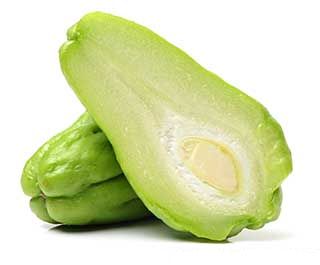

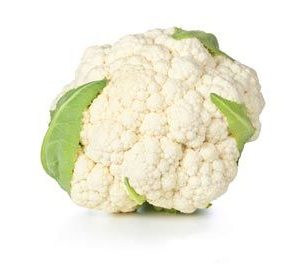
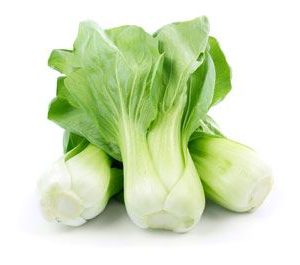
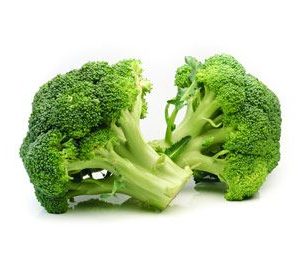
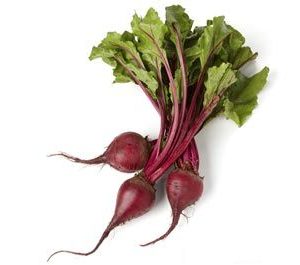
Reviews
There are no reviews yet.